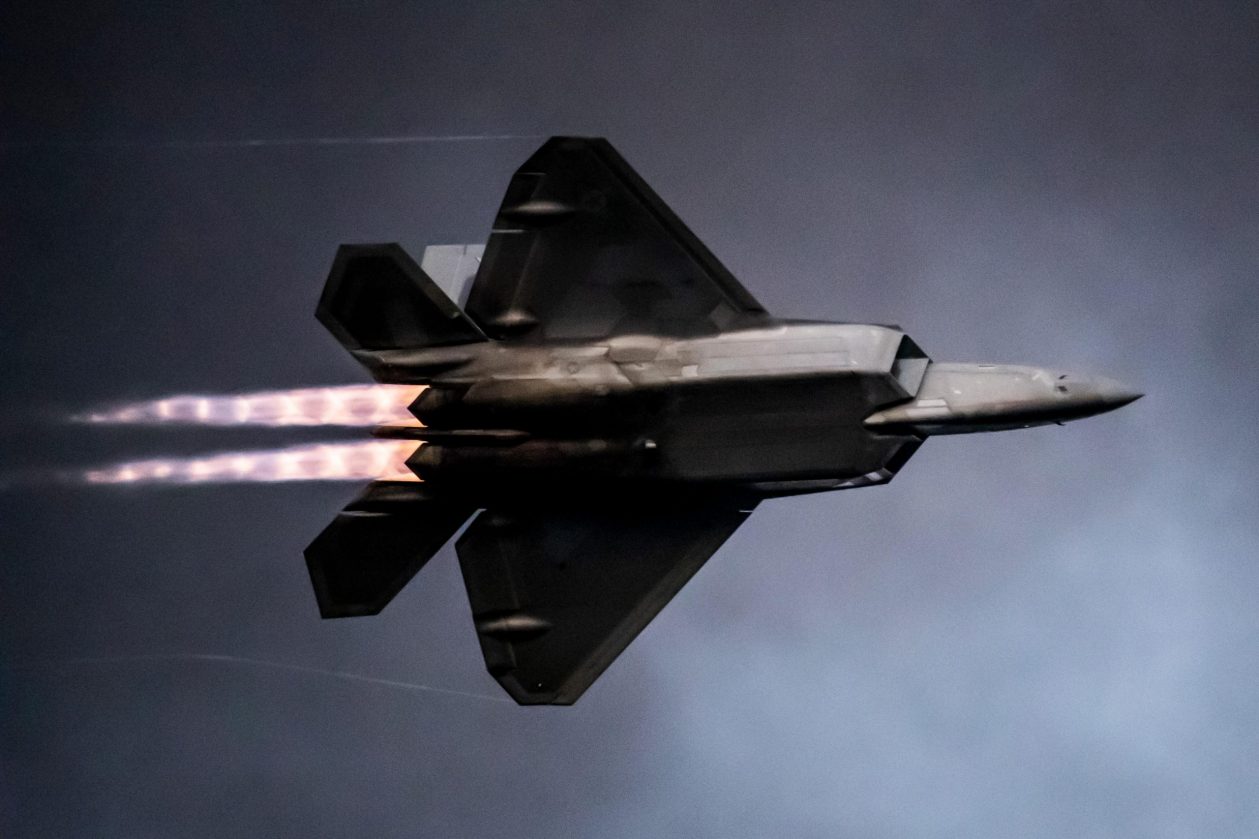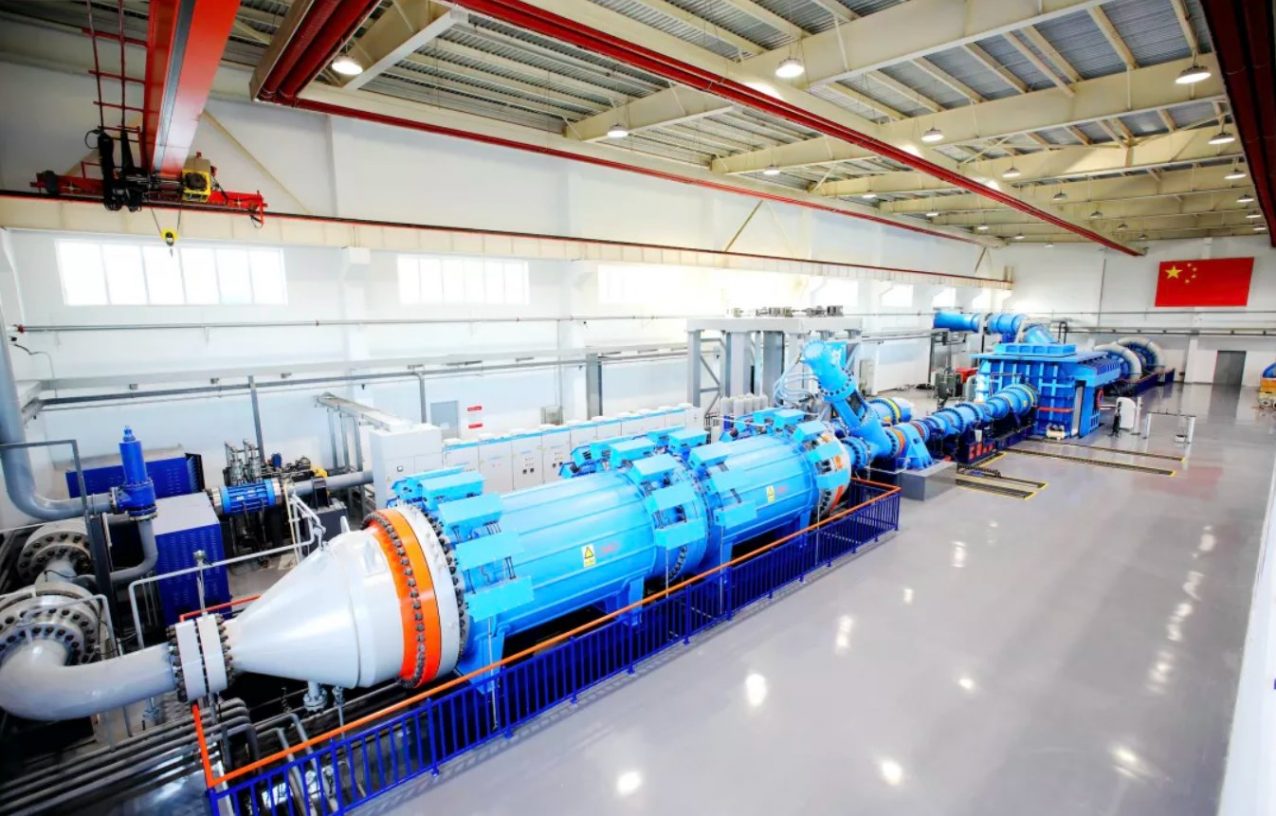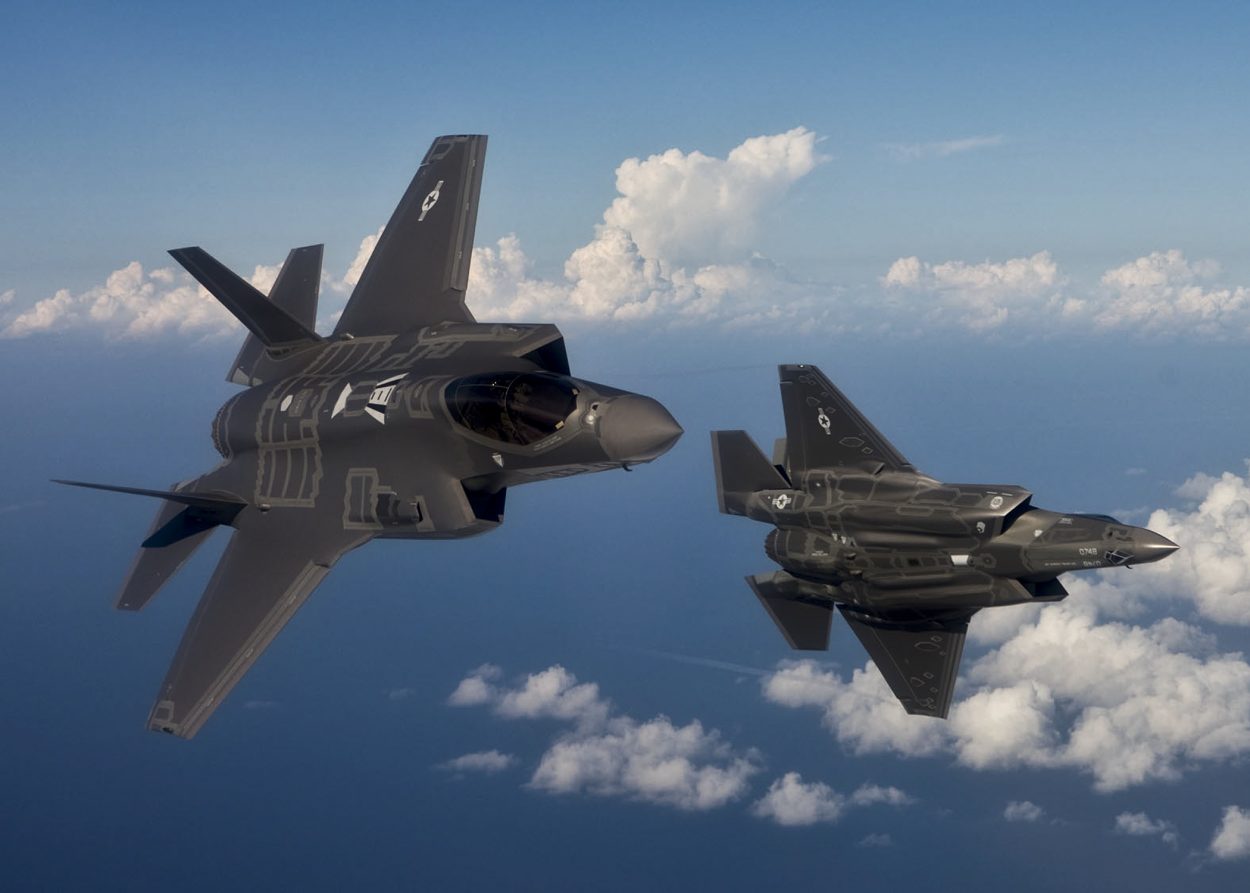At a time when the US hypersonic missile is still in the testing phase, China has claimed that its advanced hypersonic capabilities will allow it to attack a fast-moving car on the street and even its best fighter jet in the US fleet – the stealthy & super maneuverable F-22 Raptor.
B-21 Raider: USAF’s ‘Most Ambitious’ Stealth Bomber Project Capable Of Punitive Strikes Gets Postponed
EurAsian Times had recently reported that China is developing a heat-seeking hypersonic missile capable of hitting a moving car at five times the speed of sound.
The research team, led by Yang Xiaogang of the PLA Rocket Force University of Engineering in Xian, claimed to have achieved “important progress” in tackling the key difficulty with hypersonic missiles pinpointing a moving target at high speeds.
It could be then inferred that China would be able to fire a hypersonic missile and destroy a target in an adversarial country over super long distances with absolute precision.
If the Chinese claims are true, it could cause widespread concern in the US, as it is very difficult to intercept a hypersonic missile due to an unpredictable path, high speed, and use of re-entry vehicles.

However, an even more worrisome precedent is the claimed Chinese capability to accurately strike a stealthy F-22 aircraft of the US Air Force with a hypersonic missile.
In January this year, Chinese scientists claimed that they had produced next-generation hypersonic weapons with infrared homing advancements that the US military may not have until 2035.
‘Choking China’ – India’s Strategic Islands Get A $3.4B Investment As QUAD Allies Look To Tame The Dragon
Chinese experts had then stated that its hypersonic missiles could hit virtually any target with incredible accuracy and speed, including stealth aircraft, ships, and even moving vehicles on the street, thanks to the heat-seeking capabilities.
According to the South China Morning Post, a Chinese military specialist previously stated that “a ground-to-air hypersonic missile could catch up and destroy an F-22 (Raptor) in seconds if it fired a missile or dropped a bomb from short range”.
According to the US Air Force, heat-seeking missiles shot down over 90% of all aircraft lost in the 1980s, and stealth fighters like the F-22 could readily become targets of hypersonic missiles since their coating materials heat up readily in flight.

This becomes especially concerning in the backdrop of frequent engagements between the militaries of China and the US in the Indo-Pacific region.
For example, Commander of the US Pacific Command General Kenneth Wilsbach had earlier hinted that there was a brief engagement between the American F-35 and the Chinese J-20 in the region.
2/ Unlike a ballistic missile Hypersonic Glide Vehicles are extremely manoeuvrable, allowing them to evade tracking and defences pic.twitter.com/yWRWF9QjFS
— Indo-Pacific News – Watching the CCP-China Threat (@IndoPac_Info) October 22, 2021
The US has also been reworking its deployments in the region and the F-22, F-35, and B-2 stealth bombers were sent to Australia in November last year to secure the region from Chinese expansion.
Therefore, a precision-guided hypersonic missile that can home in on stealth fighter jets and moving vehicles poses a grave threat to the security of the US and its allies.
Chinese Hypersonic Missile vs F-22 Raptor?
According to Chinese researchers from the National University of Defence Technology’s ‘hypersonic infrared homing program,’ a hypersonic missile’s ability to search for, identify, and lock on to a target based on its heat signature when flying at low altitudes could revolutionize conventional warfare.
“China Is Watching” – With AI-Powered Satellites & Thousands Of Cameras, Can Beijing Strike Key US, UK Targets With Pinpoint Accuracy?
Heat-seeking, also known as infrared homing, is a passive missile guidance system that uses electromagnetic radiation in the infrared spectrum to track and follow a target. Since infrared lies just below the visible spectrum of light in frequency and is emitted powerfully by hot substances, missiles that use it are known as “heat-seekers.”
At high Mach numbers, the surface of a missile becomes so hot that the heat signal of a target can be drowned out by background noise. The infrared window would shatter because no glass material could withstand the high heat and shock waves.
The Chinese researchers employed air-blowing equipment to blow a thin layer of cool air in front of the infrared window, which reduced the heat on the glass. This method has been tried earlier but failed because the cooling air could induce considerable turbulence, distorting the heat signal and causing a hazy, flickering, and inaccurate target placement.

The Chinese team created a compact, light device that could generate an extremely cold stream of inert gas at more than three times the speed of sound to eliminate signal distortion.
They crammed 40 micro-vortex generators into the air-cooling device to create airflows that may break up the turbulence. With this technological breakthrough, the Chinese team claims it could attack any adversarial system, despite its stealth characteristics.
In a recent study, the Chinese researchers have claimed that they could use a heat-seeking hypersonic missile to destroy a moving car.
The Chinese scientists noted in a research published in the Chinese peer-reviewed journal ‘Infrared and Laser Engineering’ that, since a superfast missile may traverse enormous distances in a split second, a small error in the positioning and guiding system can result in a huge miss of the desired target.
They added that, over a long distance, a small moving target’s infrared signal “constitute just a few pixels without comprehensive information such as shape, texture, and structure,” making identification and tracking “very difficult.”

As a car travels across terrain that can alter rapidly, the steering wheel can spin at any time, adding to the onboard computers’ computational burden.
According to the source, the new hypersonic missile will use motion sensor data to alter every pixel, guaranteeing that the majority of items in the new photograph are constant in terms of viewing angle, illumination, and size with those in prior photos.
This calibration approach is time-consuming, but it results in a clearer, more consistent background, allowing the target to stand out more clearly.
“I consider the claims credible. The underlying physics for an IIR seeker to equip a hypersonic missile is well understood. China has invested heavily in the infrastructure required to create and test hypersonic missiles.
China has likely made a breakthrough in developing an infrared seeker that can be fitted on a hypersonic missile. However, claims of being able to strike a moving car with a hypersonic missile need to be taken with a pinch of salt”, Squadron Leader Vijainder K Thakur (Retd), a military analyst and former IAF Jaguar pilot, told The EurAsian Times.
While the claims are too ambitious for any country to make as far as novel technology of hypersonic missiles is concerned, these reports could come as a shocker for the United States, which lags far behind China in the hypersonic race.
China’s assertions about heat-seeking hypersonic missiles tracking down and hunting stealth fighter jets and moving cars become dangerous in the backdrop of tensions brewing between the US and China in the Indo-Pacific.
- Contact the author at sakshi.tiwari9555@gmail.com
- Follow EurAsian Times on Google News




